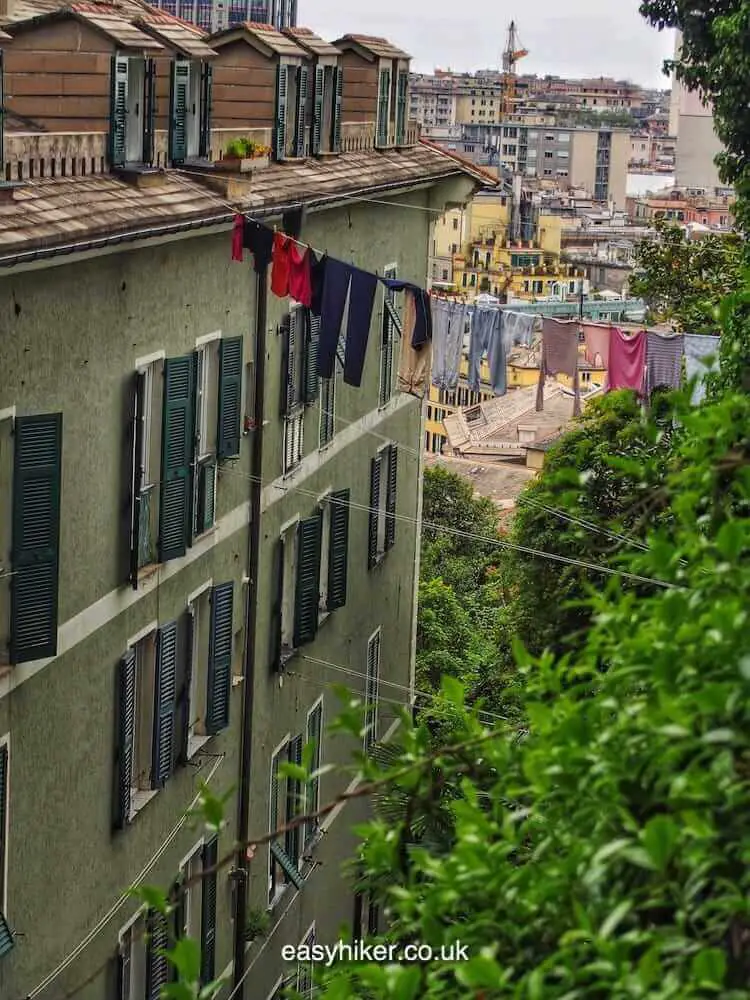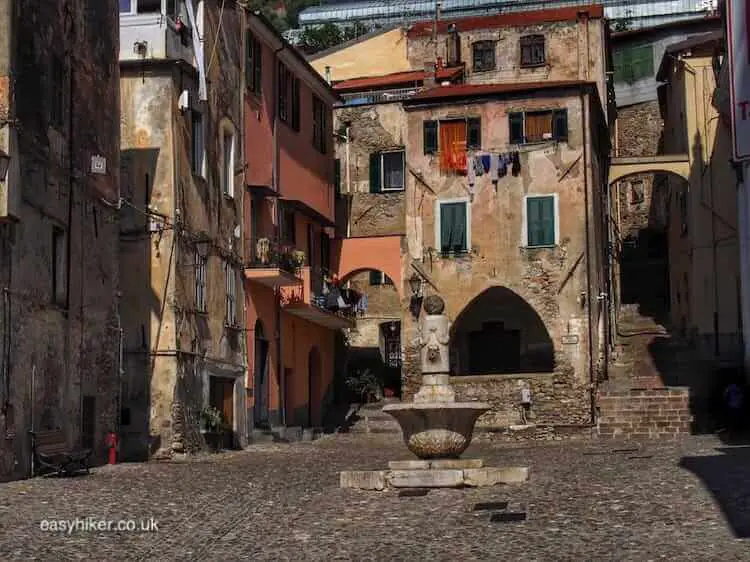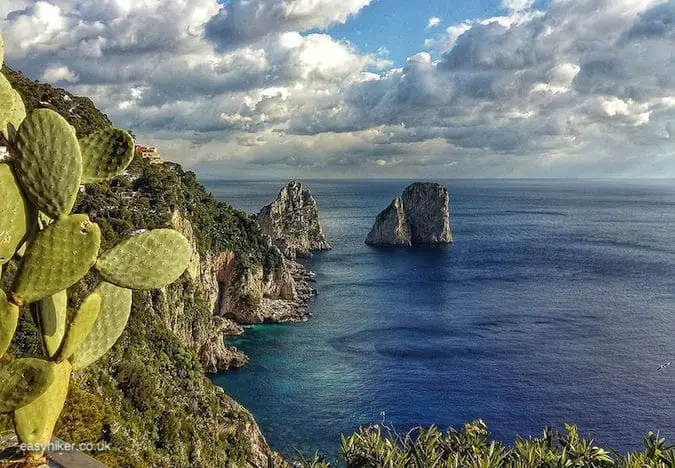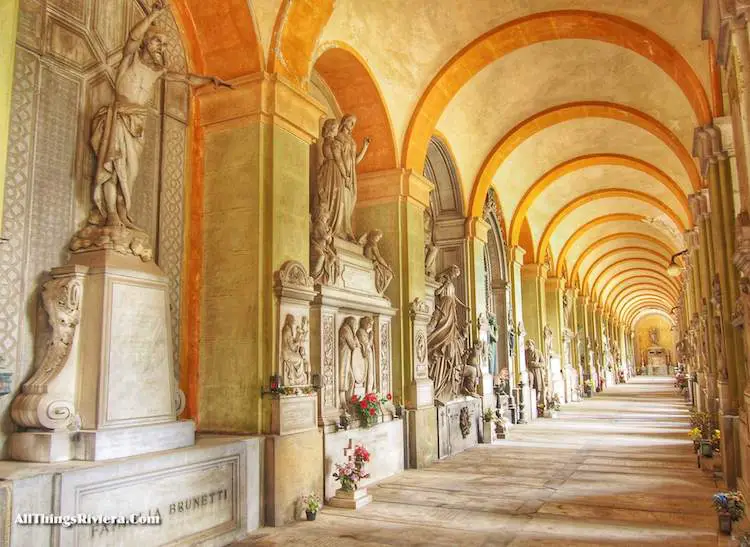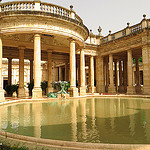Are you thinking about visiting Italy but don’t know where to start? Here is an easy and entertaining way of familiarizing yourself with the regions between the Alps and Sicily, their characteristics and their “feel”: just watch a bunch of Italian movies!
Movies as guides for a tour through Italy can take you on a scenic visit across the country, because Italian cinema has no “default settings”, unlike movies in France (and Britain) where films are generally set in Paris (in London) unless their plot requires otherwise.
And since no Italian artist (least of all movie directors) has ever lacked an eye for beauty, Italian films provide a perfect introduction to the charms and the sights of the country’s landscapes and townscapes.
Here is a short selection of 10 films that can serve to whet your appetite and help you see a lot of the country without even leaving your home. Incidentally, you will also watch some of the greatest films ever made.
The following list is ordered geographically, with locations going from north to south.
Movies as Guides for a Tour Through Italy
Venice
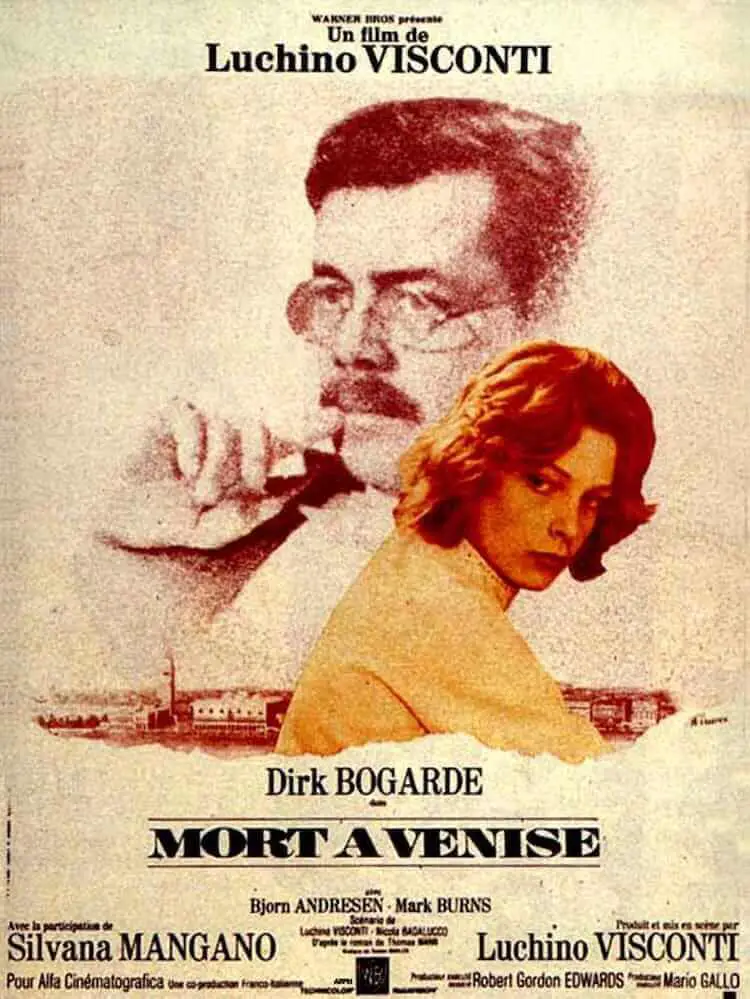
I have often wondered whether the association of Venice with death (see Don’t Look Now) dates further back than to Thomas Mann’s Death In Venice, but there can be no doubt that this 1912 novella remains the prototype of the genre. Luchino Visconti’s faithful adaptation provides the perfect illustration to Mann’s themes of beauty, morbidity and decadence.
After two hours of watching poor, repressed Aschenbach’s reserve melting away in the stifling summer heat, you will want to cool down by leaping into the sea near the Lido like the boy Tadzio in the film’s climactic scene.
I don’t know whether the noveletta can have the same effect, but if want to try, here is a free download. (At only 20,000 words, it will take less of your time than the movie.)
Milan
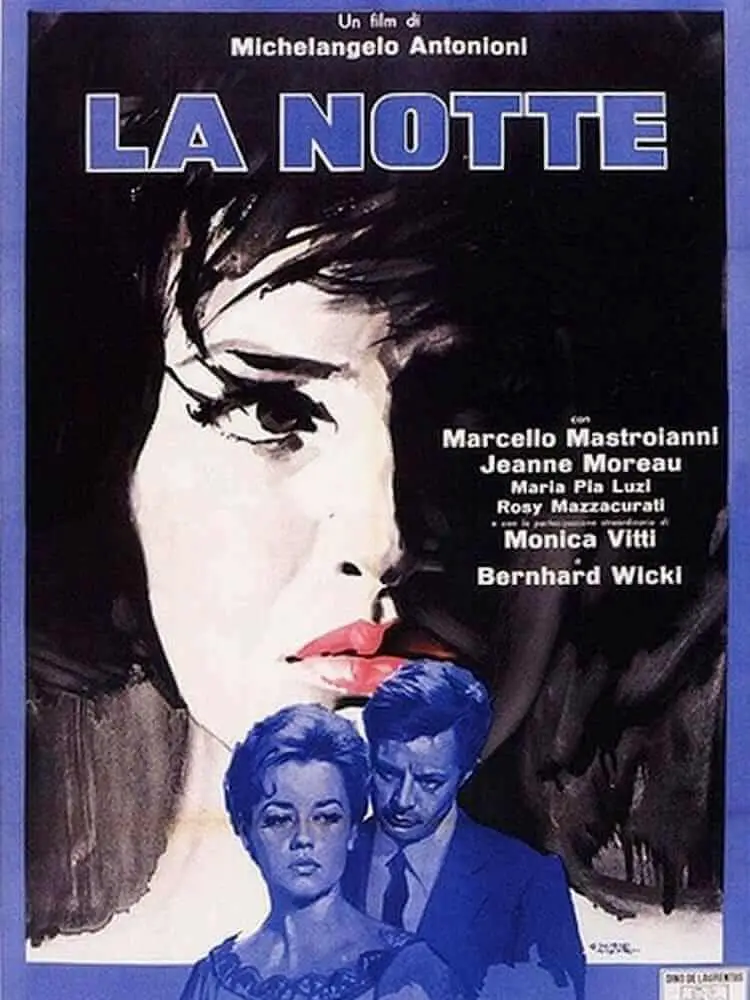
Michelangelo Antonioni does not seem to like the urban elites of post-war Italy very much, and he cares little for the cold, impersonal and soulless world that they have created.
His 1961 film La Notte, a merciless indictment of this “new Italy”, is set in Milan, its spiritual capital, but shuns the famous historical sights in favour of mundane inner city streets, modernist buildings and drab suburbs – which is why it serves as a great introduction to the reality of post-war Italy’s predominant city.
For a different Milan – one that is seen from the perspective of poor immigrants from the south – watch Luchino Visconti’s Rocco And His Brothers.
Adriatic coast
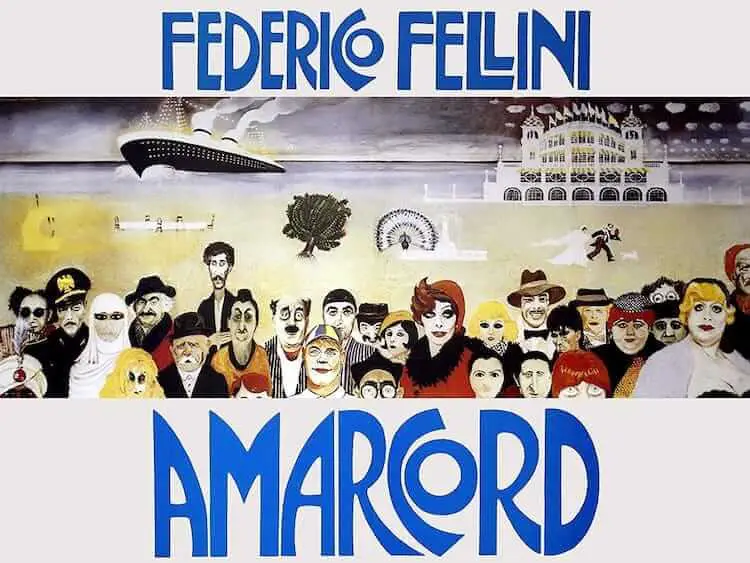
Few areas in Italy have changed as much as the Adriatic coast. In the 1960s and 70s, many sweetly old-fashioned towns between Chioggia and Pescara were converted into brash beach resorts.
Federico Fellini’s Amarcord, set in a small – nominally fictitious – Adriatic town before WWII, is more than a simple love letter to the Rimini in which he grew up. The film is imbued by the sad realization that its true location is an Italy of the mind.
The clue is in the title which means (in the local dialect) “I Remember”, which is different from saying “That’s The Way It Was”. Italy of the mind or not: the film’s Adriatic town still resembles modern Rimini in many ways. If you plan to visit Rimini, you simply must watch Amarcord first.
Emilia-Romagna
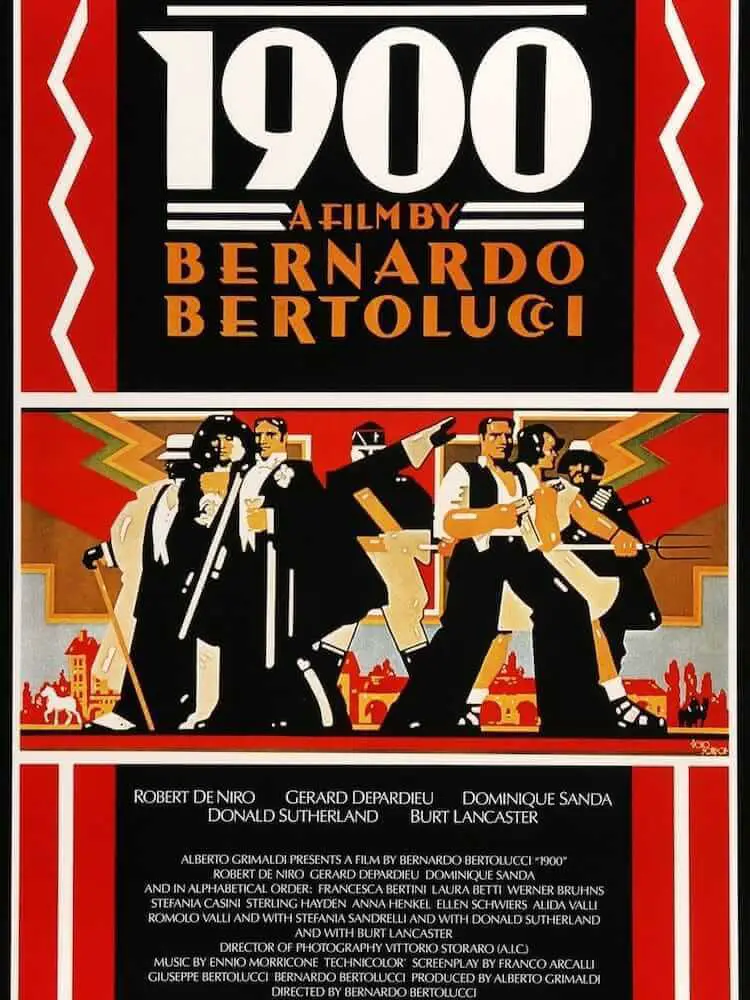
The region of Emilia-Romagna (north of Florence) is the place where Italy spits in its hands and goes to work. Most of the country’s dairy products come from here, but also much of its wheat and rice.
It is in the rich farmlands south of Piacenza (the Emilia) where Bernardo Bertolucci’s 1900 is set, the story of two childhood friends from different sides of the tracks (played by Gerard Depardieu and Robert DeNiro).
In the less bucolic Romagna further to the east, tourist sites and factory smokestacks often co-exist cheek-by-jowl. Few people who visit Ravenna’s famous Byzantine churches, for example, will be aware that the city is also a major centre of the national energy industry.
It is in this industrial part of Ravenna where Michelangelo Antonioni’s bleak Red Desert is set.
And for an even grimmer look at the Po valley, try Luchino Visconti’s visually stark debut Ossessione, an Italian take on James M. Cain’s crime novel The Postman Always Rings Twice.
Rome
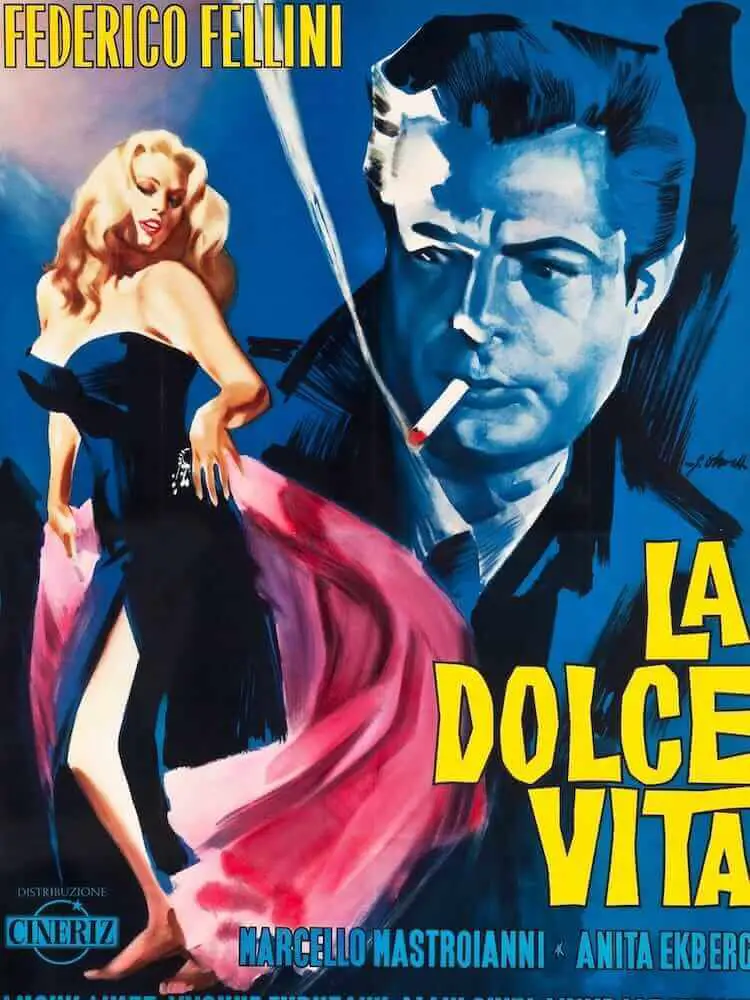
A wide choice here, ranging from the neo-realist classics Rome Open City and Bicycle Thieves to modern fare such as The Great Beauty, but ultimately it has to be something by Fellini, of course, the man who had more of an impact on the image of Rome in the modern world than anybody else.
His 1972 film Roma was an artistic failure, mainly because he had already said everything he had to say about the Eternal City in La Dolce Vita, a film that uses a similarly episodic structure to spice up elements of fairy tale and romance with existentialist disgust.
Watch it, if for no other reason, for the scene that has made the Fontana Trevi famous all over the world. There are also plenty of other Romans sites on show, although maybe not quite as many as there are to enjoy in Roman Holiday, Hollywood’s delightful take on the town.
Lazio and Abruzzo
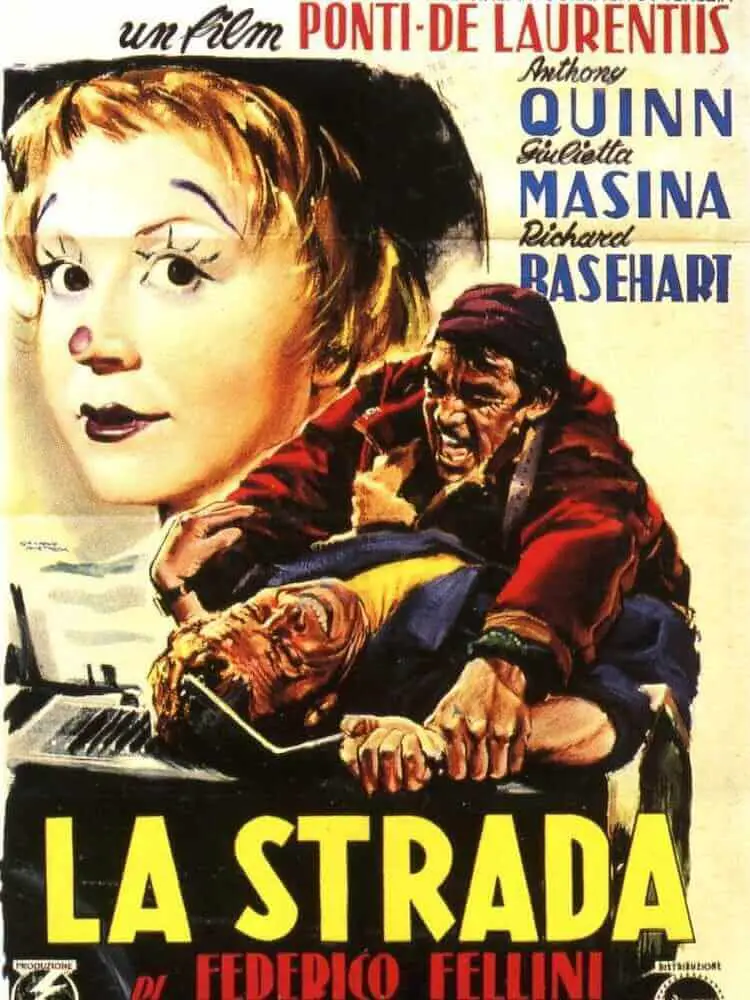
Strongman Zampano and the simple-minded Gelsomina wander about aimlessly in a godless land, which is half Lazio-Abruzzo and half the Land of Nod, east of Eden. Fellini’s La Strada sends its cast of cast outs through a winterly world that is bereft of warmth or tenderness, on roads that do not appear to lead anywhere.
It is also the only Italian movie I know which even manages to make the occasional cameo appearances of the Mediterranean look bleak and desolate.
If you think that this is not a sufficiently pleasant advertisement for the rural surroundings of Rome, you may, for a somewhat sunnier view of the Abruzzi, turn to the 1953 comedy Bread Love and Dreams that made Italy (and the world) fall in love with Gina Lollobrigida.
Campania
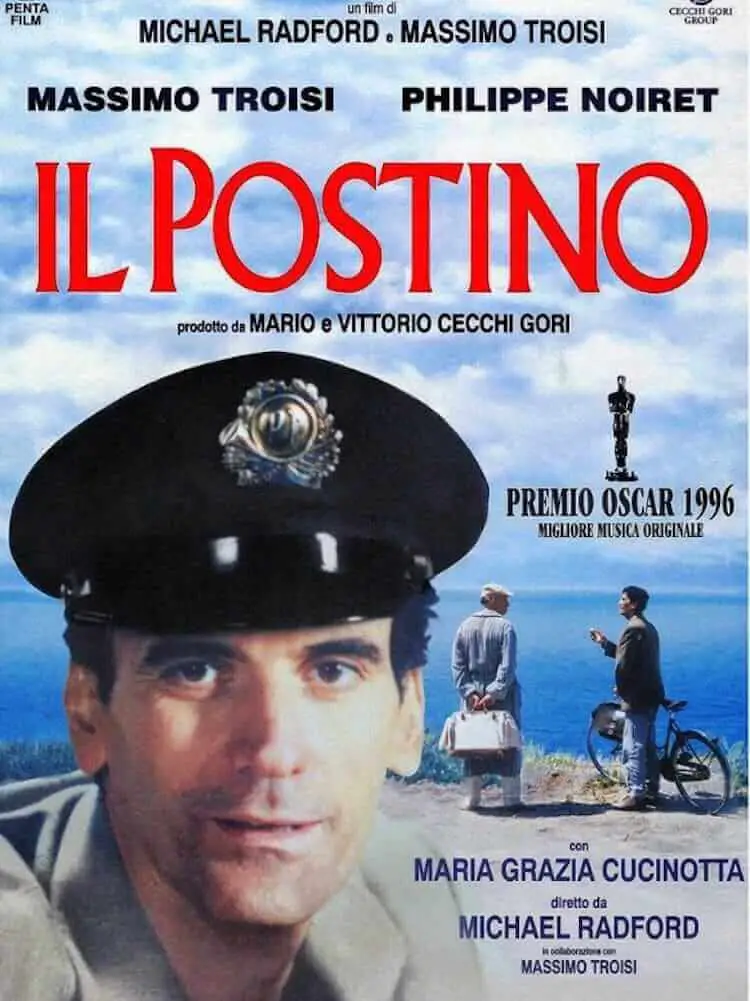
In 1952, the Chilean poet Pablo Neruda, exiled from his home country because of his support for the Communist Party, spent some time at the villa of an Italian friend in Capri. Around this core of historical fact, the 1994 movie Il Postino weaves a sweet fairy tale of broken hearts, unfulfilled ambitions and, above all, a lovelorn postie.
The film was largely shot on the beautiful island of Procida, Capri’s less famous neighbour in the Gulf of Naples, which looks absolutely stunning here and almost steals the show.
Film makers love Procida and its old-fashioned looks. The Talented Mr Ripley also uses Procida as a stand-in for the fictitious town of Mongibello.
Basilicata
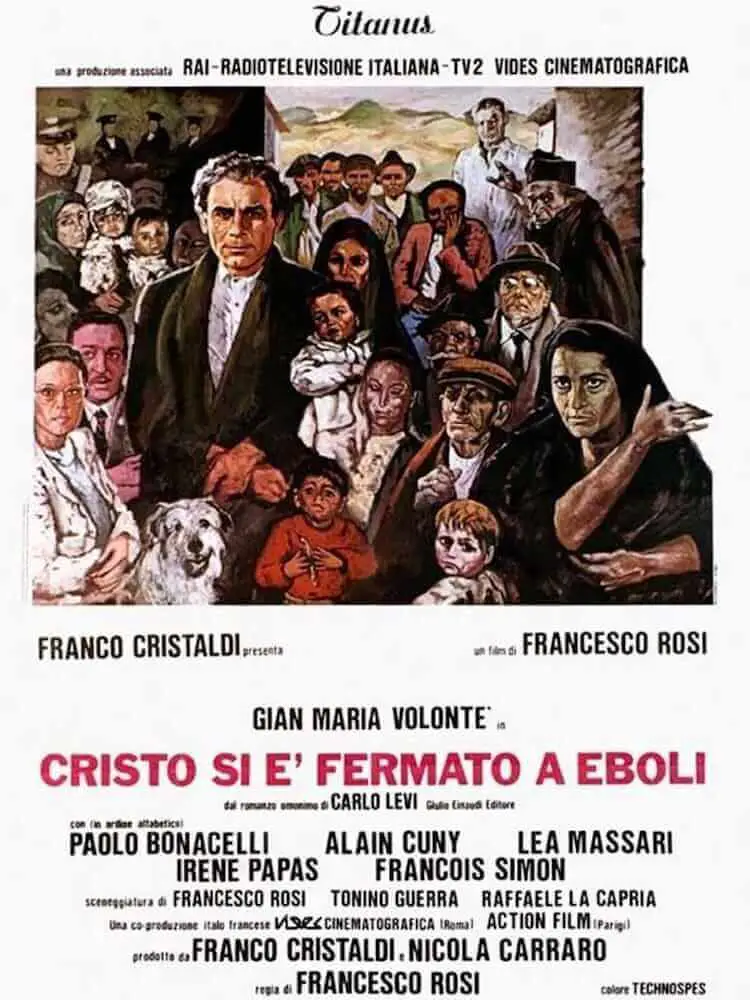
This is the tale of another political exile, Carlo Levi, who was banished by the Mussolini government for two years (1936-37) to the village of Aliano in the southern province of Basilicata, the sole of the Italian boot.
Levi’s account of this period, Christ Stopped at Eboli, is still considered the most profound analysis of the “southern problem” that has troubled Italy since its unification in 1861. (You can find a free download of the book here.)
Francesco Rosi’s film version of this classic was made in 1979, when the region had already changed so much that the search for an “authentic” location led the crew to the abandoned ghost village of Craco.
Christ Stopped at Eboli will make you want to travel to its locations to experience the mountainous borderlands between Basilicata and Calabria. It is really that powerful.
Sicily 1
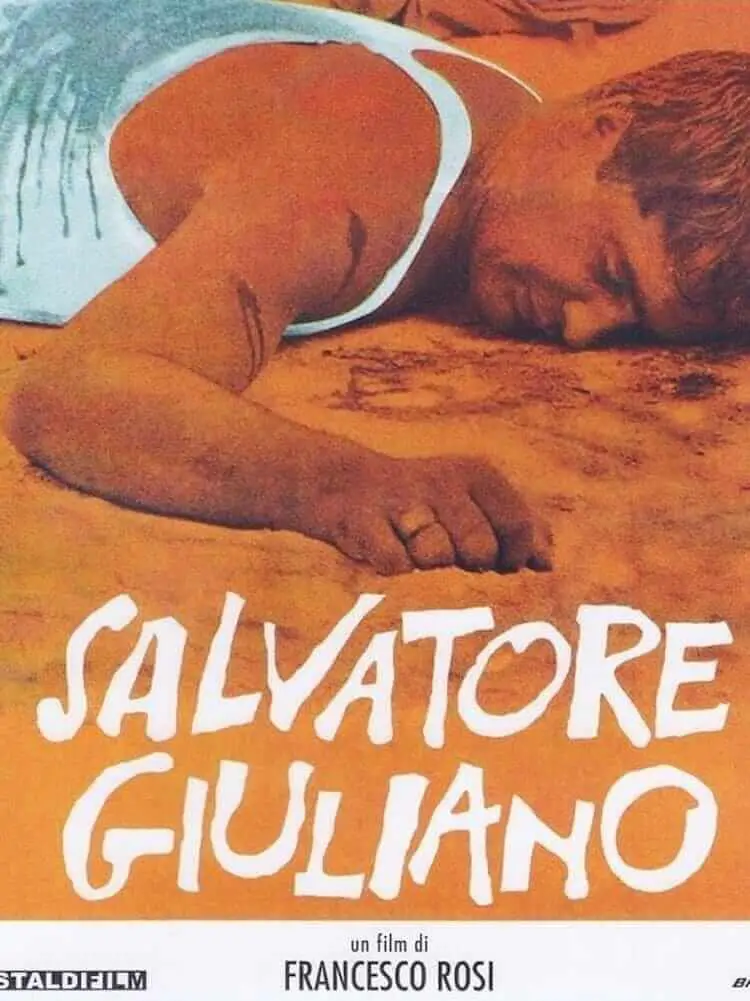
We close with a Sicilian double bill, starting with a fact-based film about the last of Europe’s Robin- Hood-style outlaws.
In Italy and elsewhere, banditry was for many years the most common form of a peasants’ revolt against a system that had carefully stacked all the cards against them. Peasants across the South were the sea in which the bandits could swim, aiding and abetting them, if not through direct involvement, then through various degrees of active and tacit support.
On the Italian mainland, banditry did not survive unification and the strengthening of the state for long, but in Sicily, it continued until the 1950s when Salvatore Giuliano, the last of the Sicilian bandits, was shot and killed.
Salvatore Giuliano’s director Francesco Rosi is not interested in the man or the myth. He focuses instead on the sociopolitical climate that allowed Giuliano and his briganti to prosper for several years and on the changes in this climate that caused their downfall.
Even if you have no particular interest in Italian history, you will enjoy the film’s images of the wild mountain landscape south of Palermo – shot in and around Montelepere, Giuliano’s hometown – and the scenes of contemporary village life. (
For a Hollywood take on the same story, watch Michael Cimino’s The Sicilian – although it is, by all accounts and reviews, not a pretty sight.
Sicily 2
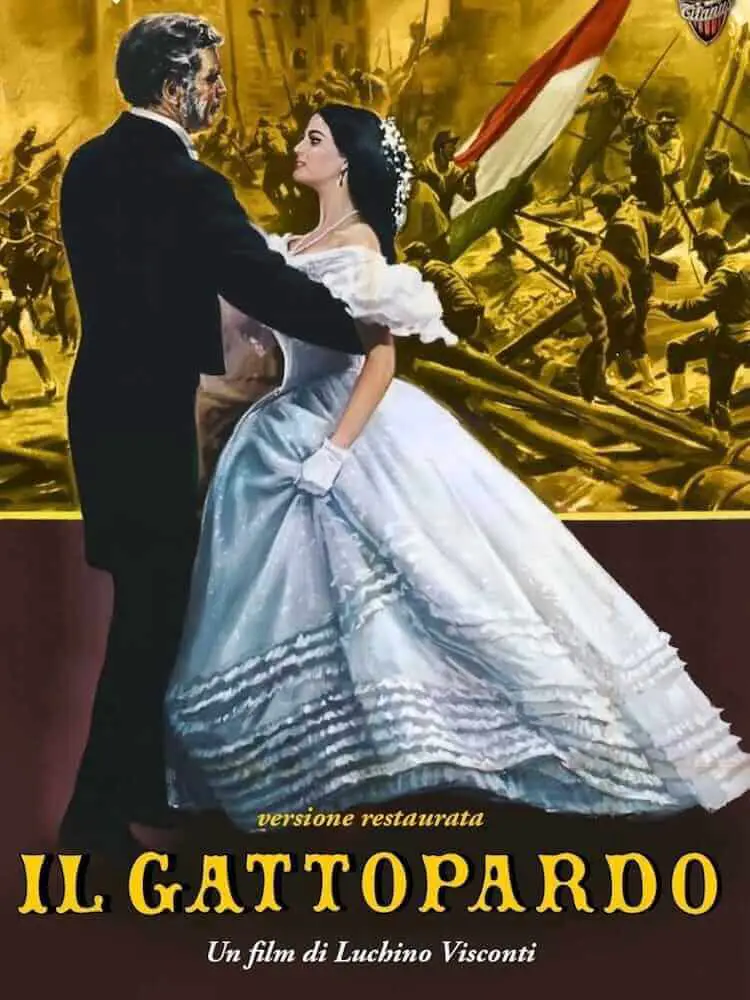
What War And Peace is for Russia, The Leopard is for Sicily: both works let the lives of a large cast of protagonists unfold in the setting of a crucial historical period (here, it is Garibaldi’s invasion of Sicily in 1860 that triggered Italian unification) and provide a deep look into the national soul.
But where Tolstoy needed almost 600,000 words for his effort, Giuseppe Tomasi di Lampedusa manages all of that in a mere 80,000. (You can find a free download of the book here.)
Visconti then packs all of that into the three hours of his film: the decadence of the old aristocracy, the greed of an emerging middle class, the tragic inability to break with the patterns of the past.
Set in the fertile countryside of Western Sicily, the fictitious country estate of Donnafugata closely resembles the Lampedusa properties near Agrigento.
Visconti, too, came from an aristocratic family, which is why, in addition to the picturesque views of the Sicilian landscape, you can also expect an informed view of the class which once owned all of it.

